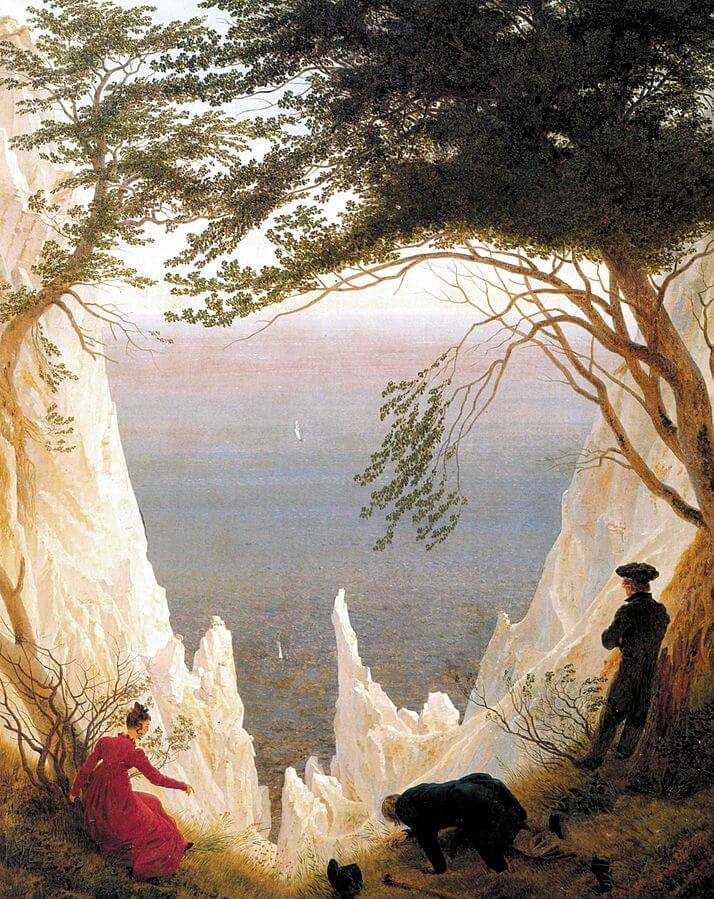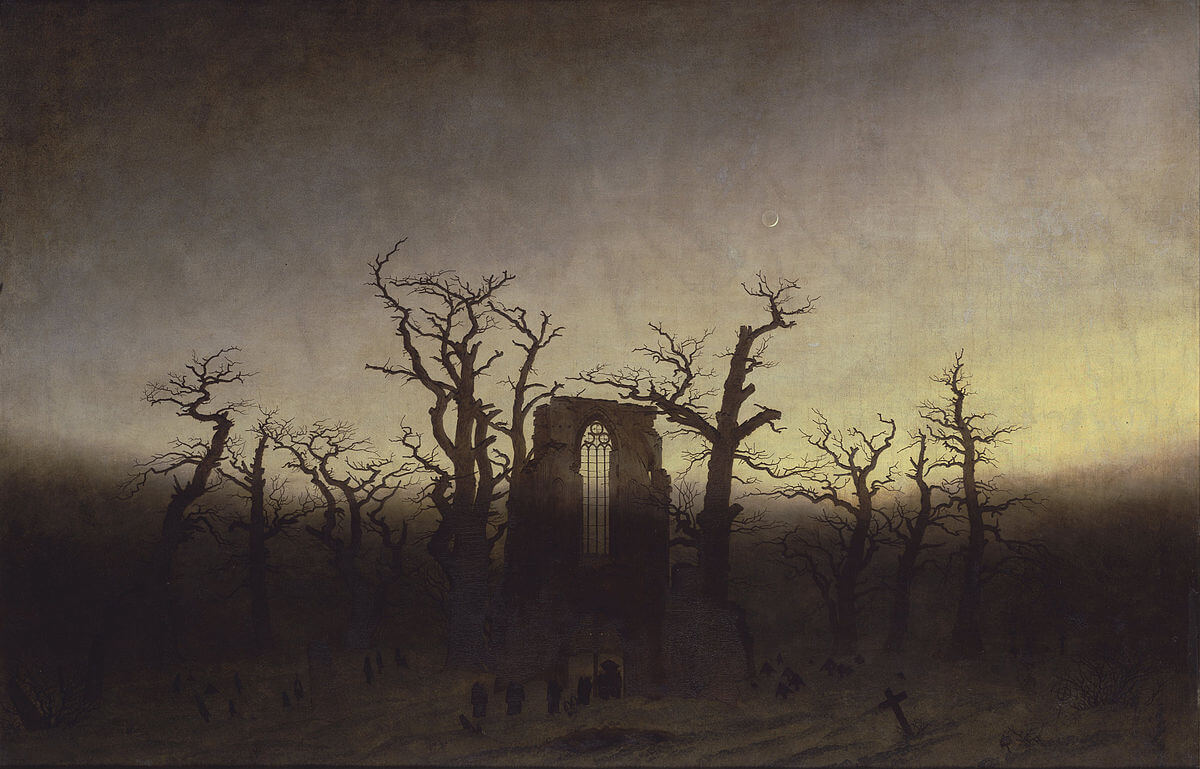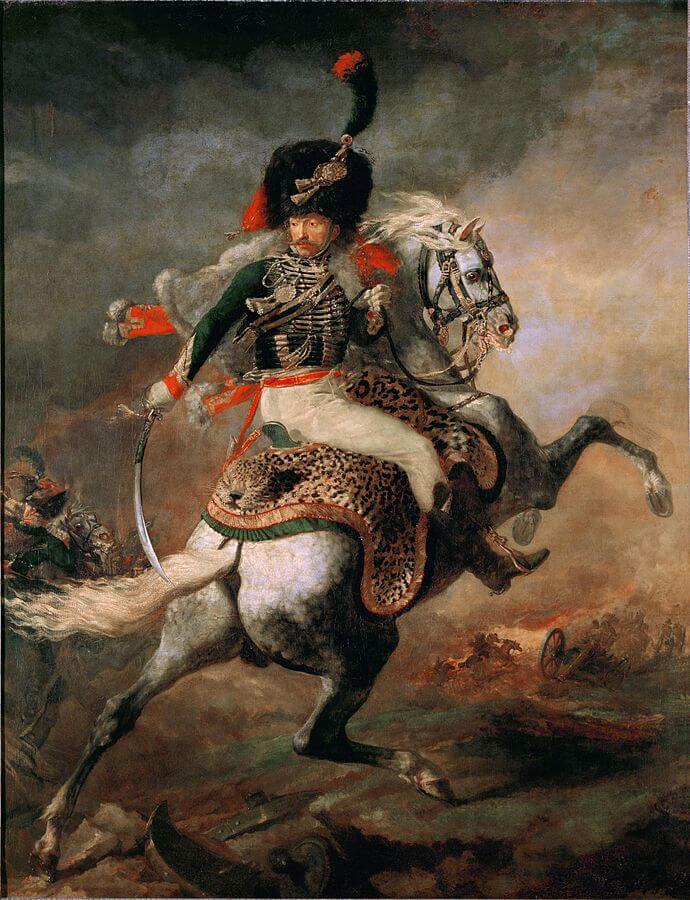 Western Art Movements I
Art Movements
Western Art Movements I
Art Movements


 Western Art Movements I
Art Movements
Western Art Movements I
Art Movements

Study the artwork for one week.
Over the week:
Featured Movement:
Romanticism Characteristics and Subjects:





Activity 1: Can You Find It?
Find the following in the artwork:

Activity 2: Narrate the Artwork
Activity 3: Classify the Artwork

Activity 4: Recreate the Artwork
